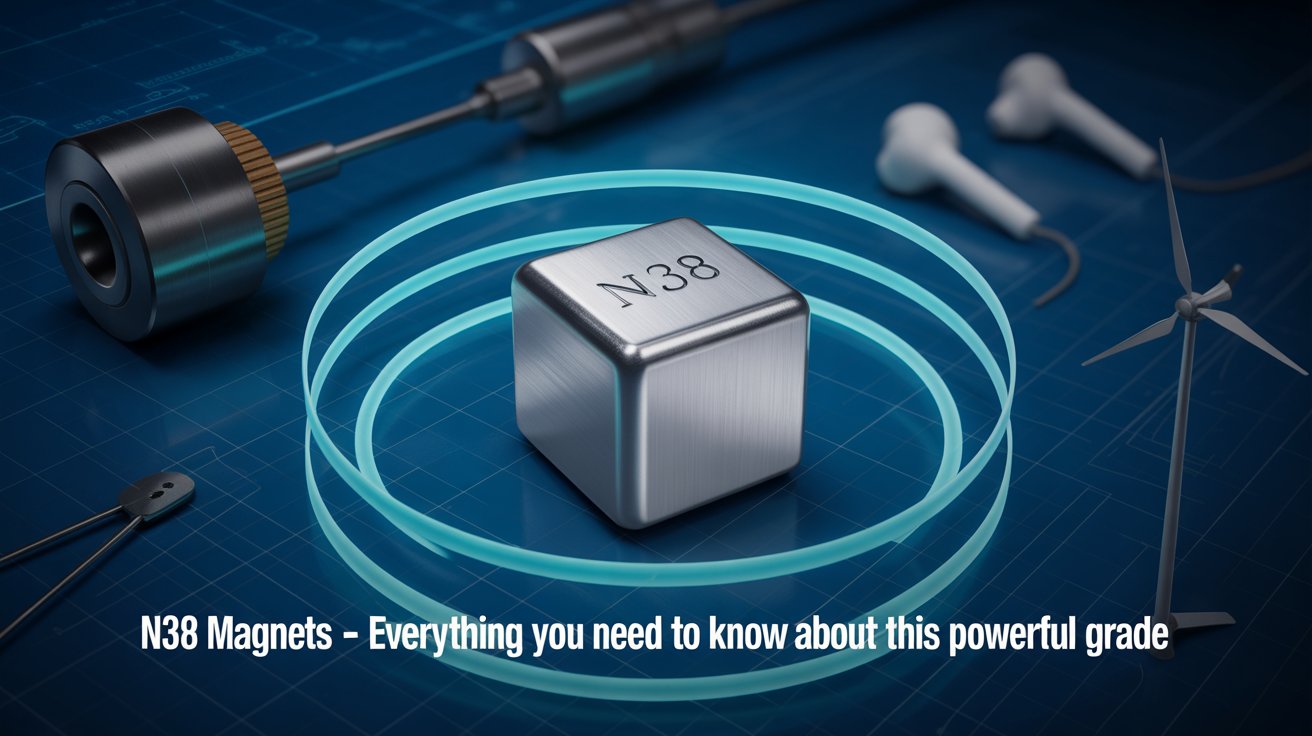2.5 Optic-Electronic Spectrum Study of SmCo₅ Permanent Magnetic Alloy
SmCo₅ Magnetic Alloy not only possesses high magnetocrystalline anisotropy but also has comparatively high saturated magnetization intensity and Curie temperature. Thus it has been developed to a very widely applied permanent magnetic material since the first batch SmCo5 permanent magnetic powder material was made by Strnat et al. in 1967.In recent year applications asked continuously for higher requirements for magnetic performance of SmCo5. Oxidized layer on surface of SmCo₅ Magnetic Alloy also become the problem the users concerned. They hope that the problem can be overcome in material research and facture.
In order to obtain high coercivity in material research and facture firstly is to control nucleation, to control nucleation then need to avoid defect, and to avoid defect thus need to pay attention to prevent the surface from abrading and oxidation.
Since many years ago people have researched the oxidation problem of SmCo5 permanent magnetic alloy in manufacturing process by different aspects and achieved important outcomes. P. Jorgenson pointed out: oxidation was very quickly in interior of SmCo5 so that the magnetic performance of the alloy was damaged in the oxidized area and the structural variation extent caused by this oxidation might be used to predict the irreversible loss SmCo5 after long term aging (Jorgensen, 1981). B. Labal, et al. pointed out in reference that the interior oxidation of the rare earth cobalt alloy already became the object to be researched by metallography, electronic probe and other technique; the interior oxidation of CeCo5 - xCux compound (\(0\leq x\leq2\)) was optional and as the result it was to form CeO2 structure and a Co - rich phase (Labulle, Petipas, 1980). In order to find out further the oxidized layer formed on sintered SmCo5 oxidized specimen, some researches were carried out to study the oxidized layer on SmCo5 surface using surface analysis instrument, that was purposed to study the state of elements and atomic concentration variation of elements of samarium, cobalt and oxygen in different depth of the oxidized layer which affected magnetic performance of the material. And in what chemical state of oxygen was and in what state the samarium and cobalt existed in the oxidized layer.
Specimen Preparation Techniques and Experimental Conditions for Optic-Electronic Energy Spectrum Analysism
Specimen used in experiment was made using alloy melting method: the alloy composition was prepared per atomic proportion of 1:5 for samarium and cobalt metals with purity 99.5%; melting was carried out using arc furnace. In melting drawn out vacuum at first and then fulfilled argon. To ensure alloy composition to be homogenized the alloy was melted thrice continually. About 11% of the main phase alloy was added into the melted liquid alloy with a composition of Sm 60%, Co 40%. The alloy was crushed coarsely and then pulverized to around 5μm in vibrant ball mill and then the powder was oriented under 1.5T magnetic fields and molded. Afterwards, the alloy was sintered in low vacuum condition. Sintered alloy appeared obviously in brown-yellow color on the moment out of furnace. The color turned to black after a period of time. After a long time the alloy appeared a white oxidized layer, of which the thickness varied along with oxidation extent. Experimental specimen had contained Sm 35.3% and its magnetic performance was measured to be \(B_{r}= 0.56T\), \(H_{c}= 191.36\ kA/m\). It could be seen that magnetic performance was severely damaged due to oxidation (Pan, Jin, 1990; Pan, Liu, Luo, 1990).
Surface analysis instruments used in experiment were Auger spectrum apparatus (AES) and optic - electronic energy apparatus (XPS). Condition for AES measurement: energy of incident electron beam was 3 keV, beam current was 1 μA, test voltage was 60 V, amplifying voltage was 1200 V; time constant was 0.03 s; magnifying multiple was 40 times; vacuum degree was \((2.66 - 3.99)\times10^{-5}\ Pa ((2 - 3)\times10^{-7}\ Torr)\). Main condition for XPS measurement was: using radiation of magnesium target as light source, voltage 8 kV, current 30 mA and flux energy 50 eV (Pan, Ma, Li, 1993; Pan, et al, 1987).
Investigation of Surface Composition in SmCo₅ Permanent Magnetic Alloy
Surface composition measurement used Auger electronic energy spectrum and the experimental condition as mentioned before. Fig. 2.32 shows AES spectrum before and after peeling by hydrogen ion at room temperature; curve a indicates the AES spectrum before peeling by hydrogen ion; curve b indicates the AES spectrum after hydrogen ion peeling for 1min; curve c indicates the AES spectrum after hydrogen ion peeling for 2min.

It can be seen from Fig. 2.32 that: impurities on surface of specimen mainly include carbon, oxygen, etc., that peaks of samarium and cobalt comparatively being weakened may be due to contaminated surface by carbon; after peeling 1min to remove carbon the peaks of samarium and cobalt reveal their original form. After peeling for 2min the surface carbon was removed completely and oxygen peak was reduced comparatively by its peak was still relative strong. This indicates that the oxygen exists on surface but considerable part of it exists as compound in deep of surface layer.
Atomic Concentration Variation of Samarium, Cobalt, and Oxygen from Surface to Depth
Atoms concentration variation of elements of samarium, cobalt and oxygen from surface to depth is showed in Table 2.5.

Data in Table 2.5 indicates: cobalt atoms concentration fraction increased from surface layer to interior of surface oxidized layer but oxygen atoms concentration
fraction decreased; although samarium concentration fraction did not varied big, the rate of Sm/Co declined yet while Sm/O correspondingly increased.
Surface Compounds in SmCo₅: Composition and Formation Mechanisms
Surface compound was measured using XPS. Its measurement condition as described before in experimental method. Five lines in each spectrum map are listed from low to high in emission intensity as the spectrums from surface, peeling for 2min, 4min and 13min, respectively.
Comparing the actual measured XPS spectrum map with standard XPS spectrum map that the actually measured distance between samarium (3d 5/2) and (3d 3/2) is 28.0 eV and the standard is 27.2 eV thus the result is corresponding. This standard samarium compound is Sm2O3. This indicated that Sm2O3 formed by samarium and oxygen is a stable trivalent state thus samarium on specimen surface is in oxidized state. The standard binding energy of oxygen (1s) is 531.6 eV and its compound is M2O3; and that the actual measured binding energy is 531.8 eV. This result indicates that oxygen on specimen surface chemically combined with metals to form compound in -2 valences; the standard combination energy of cobalt (2p 3/2) is 777.9 eV and the actually measured value of the specimen was as 777.8 eV. Cobalt is in null valence state. The distance between cobalt (p 3/2) and cobalt (2p 2/1) is 15.05 eV, the actually measured distance between peaks is 15.0eV so that the result corresponds with each other. Thus cobalt of the specimen in this experiment is null valence, i.e., is a metal cobalt, at measurement spot.
Conclusions: Key Insights from the Optic-Electronic Spectrum Study on SmCo₅
- Oxidized layer of the oxidized SmCo5 specimen in sintering process is Sm2O3.
- It can be seen from concentration percentage of elements of samarium, cobalt and oxygen from surface to depth of the oxidized layer of the specimen that cobalt atomic concentration fraction correspondingly increased but oxygen atomic concentration fraction correspondingly decreased; Sm/Co reduced correspondingly and Sm/O increase correspondingly.
- Cobalt of this specimen in the measuring spot is null valence.






